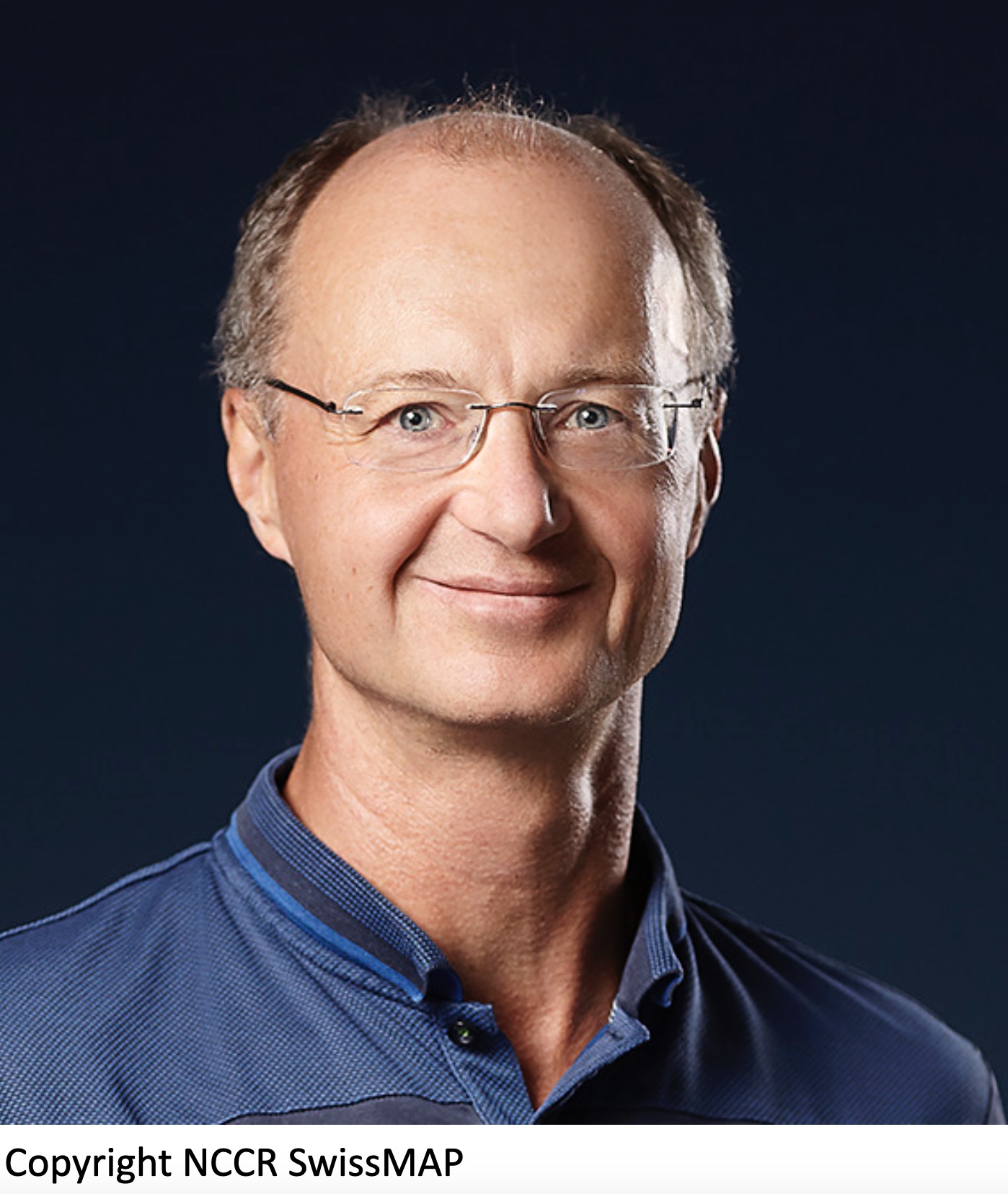Anton Alekseev

The Medal of the Erwin Schrödinger Institute for Mathematics and Physics for the year 2020 is awarded to Anton Alekseev from the University of Geneva.
The Erwin Schrödinger International Institute for Mathematics and Physics (ESI) at the University of Vienna awards in 2020 for the first time a prize for excellent research: the ESI Medal. The prize has been created to recognize outstanding achievements in any area of mathematics or physics, including contributions at the interface of the two fields and will be awarded annually.
This year's laureate is Anton Alekseev. He studied at the Leningrad State University and was trained at the Steklov Mathematical Institute in St. Petersburg, where he obtained his PhD in Mathematical Physics in 1991. After research positions in Zurich and Uppsala, he became full professor for mathematics at the University of Geneva in 2001.
Alekseev has worked on a wide range of topics in mathematical physics and pure mathematics including algebra, geometry, and field theory. He has made seminal contributions to these subjects, often uncovering unexpected links between them.
His works on the Kashiwara-Vergne conjecture on the structure of the Baker-Campbell-Hausdorff formula in Lie theory are groundbreaking. With E. Meinreken he obtained a proof in 2006, in further works with C. Torossian and others he uncovered surprising relations of this algebraic problem to the theory of Drinfeld associators and later also to the topology of 2-dimensional surfaces.
In mathematics, decisive progress is often initiated by finding such links. Even seemingly detached disciplines like geometry and algebra display deep connections as can be seen already in the following elementary example: Consider closed oriented curves on a cylinder (think of rubber bands with a marked direction wrapped around a pipe) and agree that we do not want to distinguish curves that can be continuously deformed into one another (so we can move around the rubber band along the pipe as long as we do not cut it or take it off from the ends). Then each class of equivalent curves can be characterized by the number of how often it winds around the cylinder, so the set of all such classes can be described by the set of integers. We can even define operations on curves: for example we can deform two curves such that they intersect in one point and then concatenate the curves, i.e. cut the rubber bands and glue them together. In this way we get one curve whose winding number is the sum of the individual winding numbers, so we have modeled the addition of integers in a geometrical setup.
Evidently, the conclusions in this example do not change when we deform the cylinder. On the other hand, applying the same procedure to the surface of a pretzel, the resulting algebraic structure becomes more involved: there are now several curves of winding number one, which cannot be deformed into one another, and the composition does no more yield simple addition. The algebraic structure on the classes of curves can thus differentiate between the cylinder and the pretzel. In more complicated situations, relating geometry and algebra in such a way provides a powerful tool to distinguish geometrical objects that cannot be deformed into each other.
As one can imagine there are more sophisticated and surprising relations of this sort, which cannot be sufficiently explained in colloquial terms. By defining more complicated operations on curves on a two-dimensional surface, one can arrive at a structure called Goldman-Turaev bialgebra. This, in turn, was related to the Kashiwara-Vergne problem in abstract Lie theory by Alekseev. In fact, the Kashiwara-Vergne problem was originally a conjecture from the late 70s about a property of the Baker-Campbell-Hausdorff formula, which was proven only much later by Alekseev and collaborators. In various collaborations, he then developed a whole web of relations of this problem to different, apparently distinct disciplines in mathematics.
Webpage of Prof. Alekseev: hhttps://www.unige.ch/math/en/section/enseignants-et-chercheurs-2/anton-alekseev